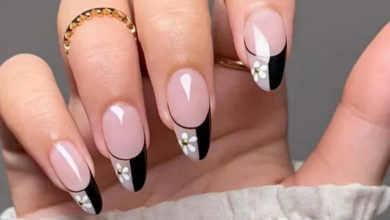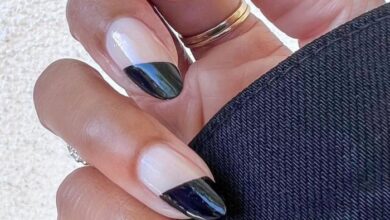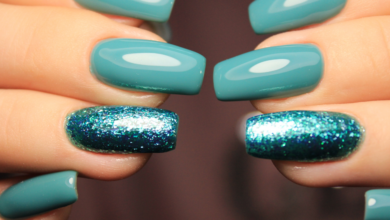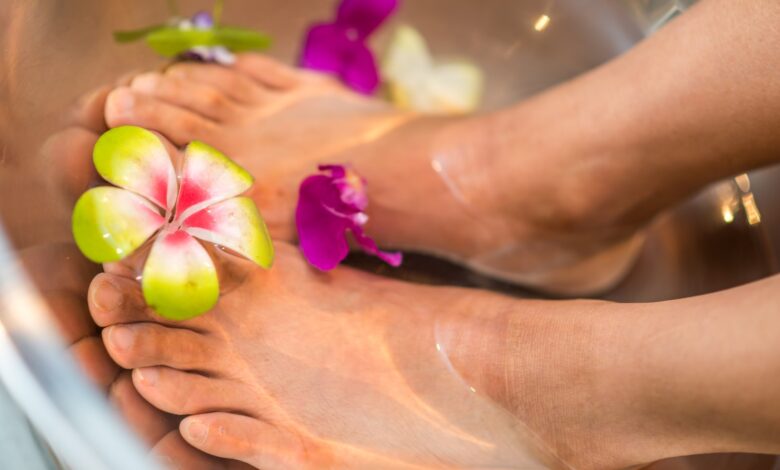
In this article, you will discover practical solutions for common pedicure problems that can help you maintain healthy and beautiful toenails. Whether you’re dealing with pesky ingrown nails, brittle nails, or a fungal infection, we’ve got you covered with easy-to-follow tips and advice. Say goodbye to toe woes and hello to fabulous feet!
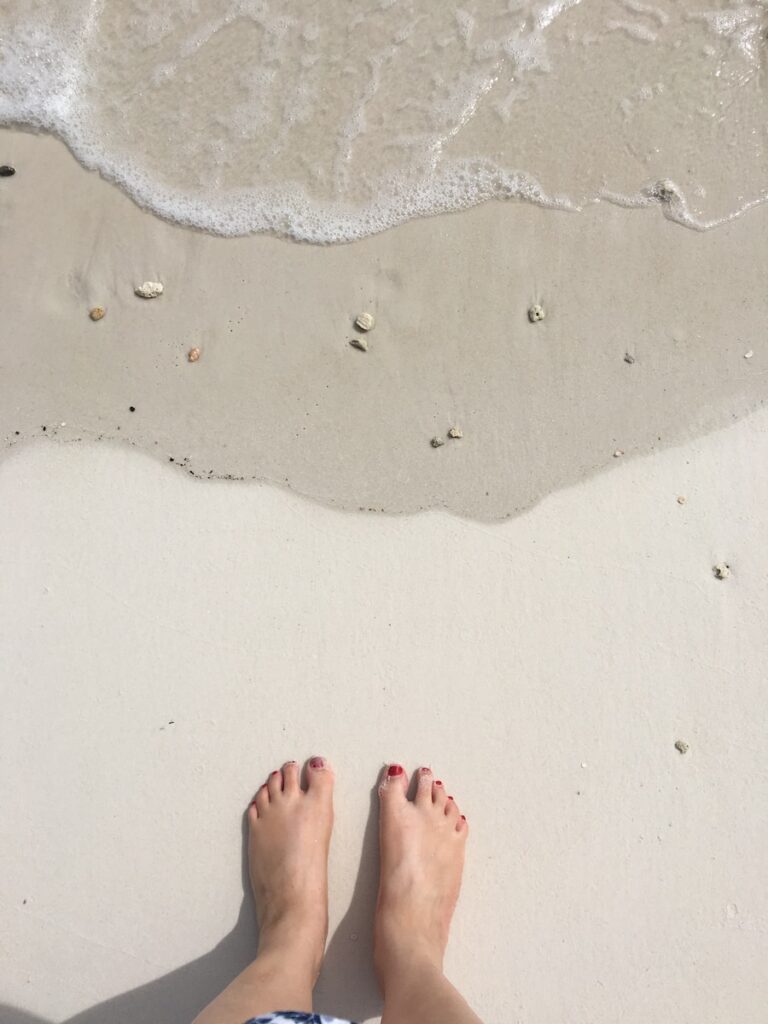
Ingrown toenails
Causes of ingrown toenails
Ingrown toenails occur when the corner or side of a toenail grows into the surrounding skin. This condition is often caused by improper nail trimming, wearing tight or ill-fitting shoes, or an injury to the toe. In some cases, ingrown toenails may be hereditary or a result of certain medical conditions such as diabetes or fungal infections.
Preventing ingrown toenails
To prevent ingrown toenails, it is important to trim your nails straight across and avoid rounding the corners. Make sure not to cut the nails too short, as this can increase the risk of ingrown toenails. It is also advisable to wear shoes that fit properly and provide enough room for your toes. If you participate in activities that involve repetitive pressure on the toes, such as running or playing sports, make sure to wear appropriate footwear with sufficient cushioning and support.
Treating ingrown toenails
If you develop an ingrown toenail, there are several at-home remedies you can try. Soaking your foot in warm water with Epsom salt can help reduce swelling and pain. Gently lifting the ingrown nail with a clean cotton ball or dental floss can also provide relief. However, if the pain persists or the ingrown toenail becomes infected, it is recommended to seek medical attention from a healthcare professional who can properly diagnose and treat the condition. In some cases, minor surgical procedures may be necessary to remove or reshape the affected nail.
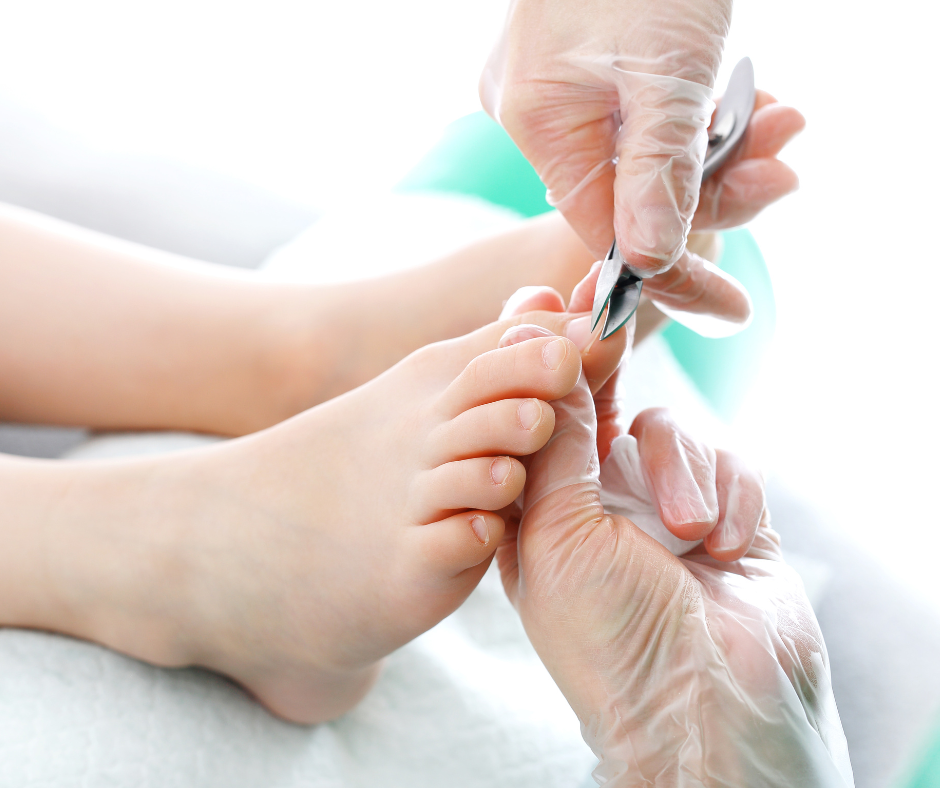
Fungal nail infections
Symptoms of fungal nail infections
Fungal nail infections, also known as onychomycosis, can cause discolored, thickened, and brittle nails. Common symptoms include nails that appear yellow, brown, or white, as well as nail distortion and an unpleasant odor. Additionally, fungal nail infections may cause the nails to become brittle and crumbly, making them more susceptible to breaking or splitting.
Preventing fungal nail infections
To prevent fungal nail infections, it is important to maintain good nail hygiene. Keep your nails clean and dry, and regularly trim them straight across. Avoid walking barefoot in public areas such as communal showers or locker rooms, and always wear protective footwear in these environments. It is also advisable to avoid sharing personal items such as nail clippers or files with others, as this can increase the risk of infection.
Treating fungal nail infections
Treating fungal nail infections can be challenging, and it often requires a combination of at-home and medical interventions. Over-the-counter antifungal nail creams and ointments can be applied topically to the affected nails. In more severe cases, oral antifungal medications may be prescribed by a healthcare professional. It is important to follow the prescribed treatment regimen consistently and continue treatment for the recommended duration, as fungal nail infections can be stubborn and may take several months to clear up completely.
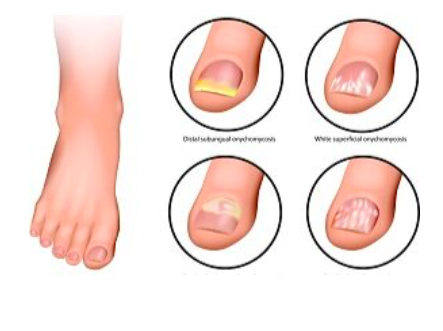
Yellowed nails
Causes of yellowed nails
Yellowed nails can be caused by a variety of factors. One common cause is smoking, as nicotine can stain the nails. Additionally, frequent use of nail polish, particularly dark-colored or heavily pigmented ones, can cause the nails to become yellow over time. Certain medical conditions such as fungal nail infections, psoriasis, or thyroid disorders can also contribute to yellowed nails. Finally, exposure to harsh chemicals or prolonged moisture can result in nail discoloration.
Preventing yellowed nails
To prevent yellowed nails, it is important to practice good nail hygiene. Avoid smoking or limit your exposure to secondhand smoke, as this can not only stain your nails but also negatively impact your overall health. If you frequently use nail polish, consider giving your nails a break from time to time to let them breathe. When using nail polish, make sure to always apply a base coat to protect the nails from staining. Additionally, wearing gloves while cleaning or using harsh chemicals can help protect your nails from discoloration.
Treating yellowed nails
If you already have yellowed nails, there are a few remedies you can try. Soaking your nails in a mixture of lemon juice and warm water can help lighten the yellow stains. You can also gently buff the surface of the nails with a soft nail buffer to remove some of the discoloration. If the yellowing persists or is accompanied by other symptoms, it is advisable to consult with a healthcare professional who can provide a proper diagnosis and recommend appropriate treatment options.
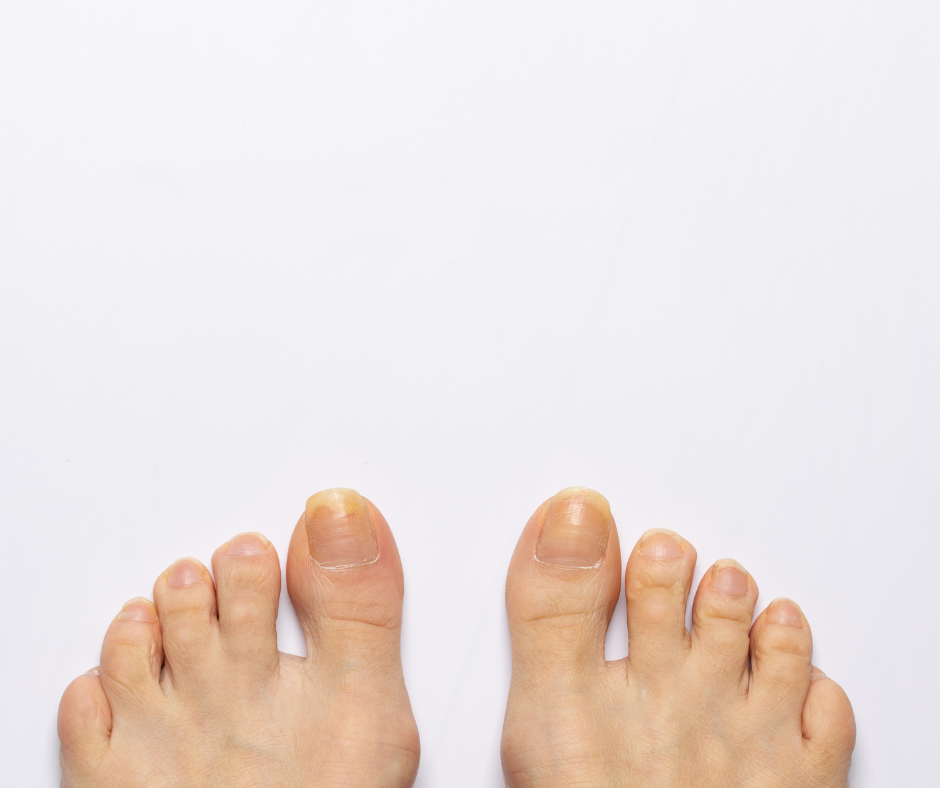
Brittle nails
Causes of brittle nails
Brittle nails are often characterized by nails that are dry, peeling, or easily broken. These nails tend to be weak and prone to splitting, which can be both uncomfortable and aesthetically displeasing. The primary causes of brittle nails include frequent exposure to water or harsh chemicals, prolonged use of nail polish or artificial nail enhancements, and certain medical conditions such as hypothyroidism or malnutrition. Aging can also contribute to the development of brittle nails.
Preventing brittle nails
To prevent brittle nails, it is important to keep your nails hydrated by regularly applying moisturizing creams or oils. Avoid excessive exposure to water, and always wear gloves when performing tasks that involve prolonged contact with water or chemicals. If you frequently use nail polish or artificial nail enhancements, make sure to give your nails regular breaks to allow them to breathe and recover. Additionally, maintaining a balanced diet rich in essential nutrients, particularly biotin, can help promote nail health and prevent brittleness.
Treating brittle nails
Treating brittle nails involves a combination of at-home care and professional interventions. Regularly moisturizing the nails and cuticles can help hydrate and strengthen the nails. Avoid using harsh nail products that contain drying ingredients, and consider using a strengthening nail polish or treatment specifically designed for brittle nails. If your brittle nails are caused by an underlying medical condition, it is advisable to consult with a healthcare professional who can provide appropriate treatment options.
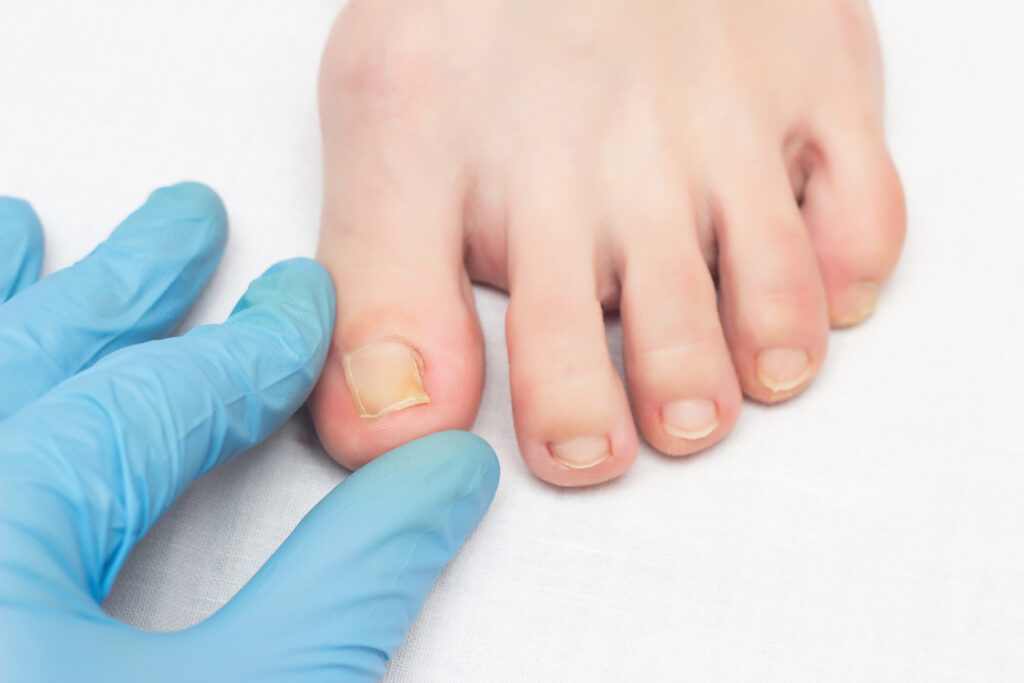
Thickened nails
Causes of thickened nails
Thickened nails, also known as onychogryphosis, occur when the nails grow excessively thick and hard. This condition is often caused by repetitive trauma or pressure on the nails, such as from ill-fitting shoes or activities that involve constant friction on the toes. Certain medical conditions such as psoriasis or peripheral vascular disease can also contribute to the development of thickened nails.
Preventing thickened nails
To prevent thickened nails, it is important to wear shoes that fit properly and provide enough room for your toes. Avoid wearing tight or narrow footwear that can compress or constrict the toes. If you participate in activities that involve repetitive pressure on the toes, such as running or playing sports, make sure to wear appropriate footwear with sufficient cushioning and support. Additionally, practicing good foot hygiene and regularly trimming your nails can help prevent thickened nails.
Treating thickened nails
Treating thickened nails can be challenging, particularly if the condition is caused by an underlying medical condition. Regularly soaking the affected nails in warm water can help soften them, making them easier to trim. However, if the thickened nails cause pain, discomfort, or difficulty with daily activities, it is advisable to seek medical attention from a healthcare professional who can provide proper diagnosis and recommend appropriate treatment options. In some cases, minor surgical procedures may be necessary to reduce the thickness of the nails.

Cracked heels
Causes of cracked heels
Cracked heels, also known as heel fissures, occur when the skin on the heels becomes dry and thick. This condition is often caused by prolonged exposure to dry air, particularly during the winter months. Other factors that can contribute to cracked heels include prolonged standing or walking, obesity, and certain medical conditions such as diabetes or hypothyroidism. Additionally, wearing open-back shoes or sandals that don’t provide proper support can increase the risk of developing cracked heels.
Preventing cracked heels
To prevent cracked heels, it is important to keep your feet well-moisturized. Regularly apply a moisturizing cream or lotion specifically designed for the feet, focusing on the heels and other areas prone to dryness. Avoid excessive exposure to hot water, as this can strip the skin of its natural oils and further contribute to dryness. It is also advisable to wear properly-fitting shoes that provide adequate support and cushioning to prevent excessive pressure on the heels.
Treating cracked heels
Treating cracked heels involves a combination of at-home care and professional interventions. Regularly exfoliating the skin on the heels with a foot file or pumice stone can help remove any dry, thickened skin. After exfoliation, apply a thick layer of moisturizing cream or petroleum jelly to the heels and cover them with socks overnight. If the cracks in your heels are deep or painful, it is recommended to seek medical attention from a healthcare professional who can provide appropriate treatment options.
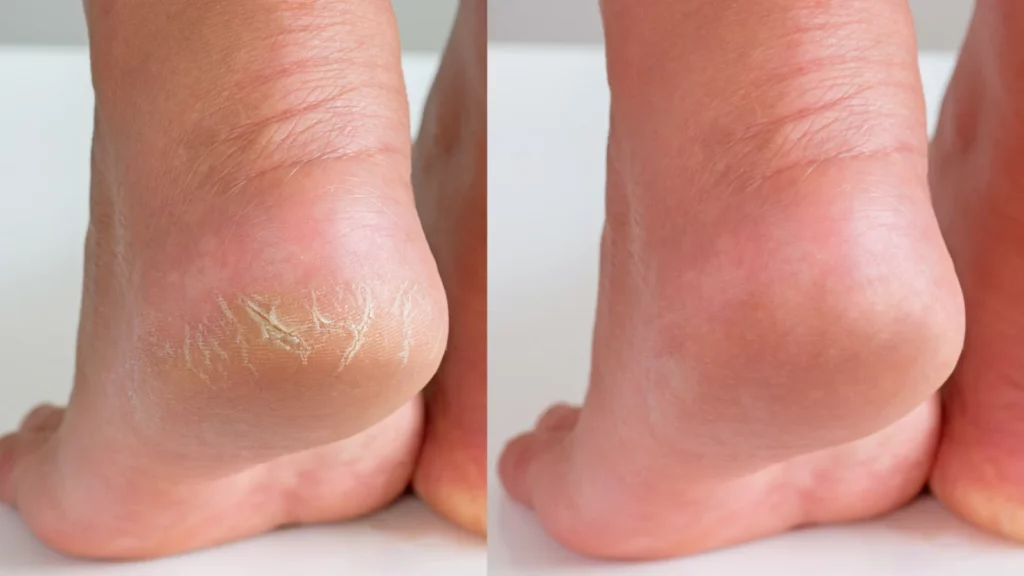
Discolored nails
Causes of discolored nails
Discolored nails can have various causes, ranging from minor issues to underlying medical conditions. One common cause is fungal nail infections, which can cause the nails to appear yellow, brown, or white. Other causes of discolored nails include trauma or injury to the nail bed, certain medications or medical treatments, and smoking or exposure to secondhand smoke. Additionally, certain medical conditions such as liver disease or kidney disease can lead to changes in nail color.
Preventing discolored nails
To prevent discolored nails, it is important to practice good nail hygiene. Keep your nails clean and dry, and avoid trauma or injury to the nail bed. If you frequently use nail polish, consider using a base coat to protect the nails from staining. Additionally, it is advisable to avoid smoking or limit your exposure to secondhand smoke, as this can not only stain your nails but also have detrimental effects on your overall health.
Treating discolored nails
Treating discolored nails depends on the underlying cause. For fungal nail infections, topical or oral antifungal medications may be prescribed by a healthcare professional. In cases of trauma or injury to the nail bed, the discoloration may gradually grow out as the nail regrows. If the discoloration is persistent or accompanied by other symptoms, it is recommended to consult with a healthcare professional who can provide a proper diagnosis and recommend appropriate treatment options.

Sore cuticles
Causes of sore cuticles
Sore cuticles, also known as cuticle inflammation or paronychia, can occur when the cuticles become irritated or infected. This condition is often caused by excessive dryness or damage to the cuticles, such as from biting or picking at them. Additionally, frequent exposure to water or harsh chemicals can contribute to the development of sore cuticles. Certain medical conditions such as diabetes or compromised immune system function can also increase the risk of developing cuticle inflammation.
Preventing sore cuticles
To prevent sore cuticles, it is important to keep your cuticles well-moisturized. Regularly apply a cuticle oil or cream to keep the cuticles hydrated and prevent them from drying out. Avoid biting or picking at your cuticles, as this can cause damage and lead to irritation or infection. When performing tasks that involve prolonged contact with water or chemicals, such as washing dishes or cleaning, make sure to wear protective gloves to minimize the risk of cuticle damage.
Treating sore cuticles
Treating sore cuticles involves a combination of at-home care and professional interventions. Gently soaking your hands in warm water can help soften the cuticles and provide relief. Applying a topical antibiotic ointment or cream to the affected area can help prevent infection and promote healing. If the soreness or inflammation persists or is accompanied by other symptoms, it is advisable to seek medical attention from a healthcare professional who can provide appropriate treatment options.
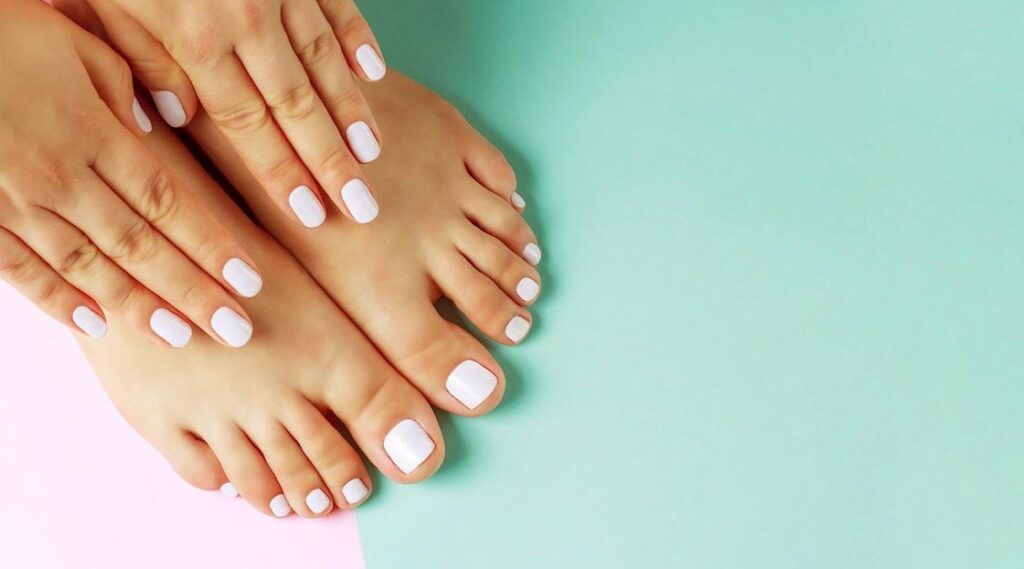
Calluses and corns
Causes of calluses and corns
Calluses and corns are thickened areas of skin that develop as a result of repeated friction or pressure. Calluses commonly form on the soles of the feet or palms of the hands, while corns typically develop on the tops or sides of the toes. These conditions are often caused by wearing ill-fitting shoes, participating in activities that involve repetitive pressure on the feet or hands, or having abnormal foot or hand mechanics. Additionally, certain medical conditions such as bunions or hammertoes can contribute to the development of calluses and corns.
Preventing calluses and corns
To prevent calluses and corns, it is important to wear properly-fitting shoes that provide adequate support and cushioning. Avoid wearing shoes that are too tight or narrow, as this can cause excessive pressure on certain areas of the feet. If you participate in activities that involve repetitive pressure on the feet or hands, such as running or playing sports, make sure to wear appropriate footwear with sufficient cushioning and support. Regularly moisturizing the skin can also help prevent excessive dryness and reduce the risk of callus or corn formation.
Treating calluses and corns
Treating calluses and corns involves a combination of at-home care and professional interventions. Regularly exfoliating the skin with a pumice stone or foot file can help remove some of the thickened skin. Applying a moisturizing cream or lotion afterward can help keep the skin soft and prevent further formation of calluses and corns. If the calluses or corns become painful or interfere with your daily activities, it is recommended to seek medical attention from a healthcare professional who can provide appropriate treatment options, such as trimming or padding the affected areas.
Hammer toe
Causes of hammer toe
Hammer toe is a deformity of the toe joints that causes the toes to bend in an abnormal position, resembling a hammer. This condition is often caused by wearing poorly-fitting shoes, particularly those with narrow or pointed toe boxes that force the toes into a bent position. Additionally, certain structural issues such as high arches or flat feet can contribute to the development of hammer toe. Other factors that can increase the risk of hammer toe include aging, arthritis, and certain medical conditions such as diabetes or peripheral neuropathy.
Preventing hammer toe
To prevent hammer toe, it is important to wear properly-fitting shoes that provide enough room for your toes to move freely. Avoid wearing shoes that are too tight or constricting, particularly in the toe area. If you have high arches or flat feet, consider wearing orthotic inserts or shoe inserts to provide additional support and help maintain proper foot alignment. Regularly performing toe-stretching exercises can also help improve flexibility and prevent the development of hammer toe.

Treating hammer toe
Treating hammer toe depends on the severity of the deformity and the associated symptoms. Non-surgical treatment options may include wearing orthotic devices, such as toe splints or pads, to help realign the toes and alleviate pain. Physical therapy exercises can also be beneficial in improving toe flexibility and strengthening the surrounding muscles. In more severe cases, surgical intervention may be necessary to correct the deformity and alleviate symptoms. If you suspect you have hammer toe or are experiencing pain or discomfort, it is advisable to consult with a healthcare professional who can provide proper diagnosis and recommend appropriate treatment options.
In conclusion, taking care of your toenails and maintaining good foot hygiene is essential for overall foot health. By implementing preventive measures and seeking appropriate treatment when necessary, you can effectively manage and overcome various common pedicure problems. Remember to consult with a healthcare professional if you have persistent or severe symptoms, as they can provide expert advice tailored to your specific situation.

